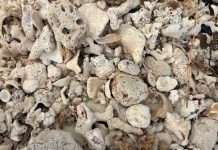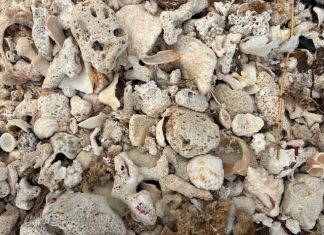Etnia Nativa’s narrative emphasizes the importance of reclaiming and recognizing Aruba’s cultural roots—often overshadowed by its colonial past. The platform promotes the rediscovery of native traditions, history, and identity, while encouraging a conscious break from colonial influence and inherited patterns of submissiveness.
If we study the history of humankind from early times, one thing becomes clear: our population has continually increased. While this growth has accelerated in recent centuries and decades, in prehistoric times the number of people was slowly rising. The solution humanity has consistently turned to in response to this growth is organization—particularly in the cultivation of plants through selection and cross-breeding.
This agricultural organization improved the nutritional value of plants, leading to domestication. Once large quantities of these improved plants could be grown on relatively small plots of land, organized agriculture became possible. As a result, reliance on constant hunting diminished significantly.
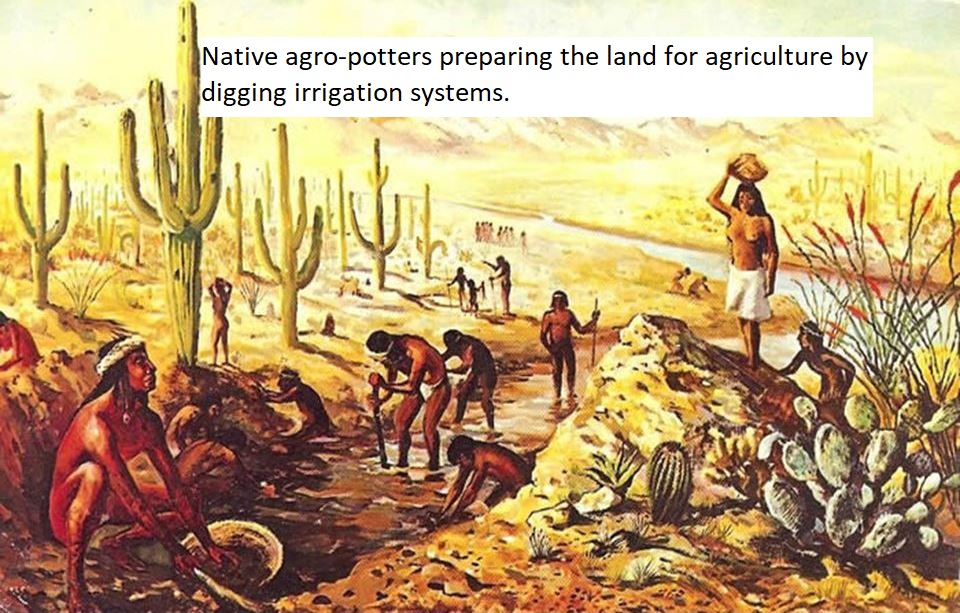
The Amerindians made a substantial contribution to agriculture by domesticating numerous plants of high nutritional value. Among these are potatoes, maize (corn), cassava (manioc), peanuts, and various types of beans, tomatoes, cacao, and vanilla.
In our area, maize and cassava played a primary role. Cassava was domesticated early on in Central Amazonia. Early maize cultivation dates back to around 4000 BC or even more,in both Peru and Mexico. By around 2000 BC, Amerindian groups in eastern Venezuela were cultivating cassava, while in western Venezuela, maize was grown. Aruba, in turn, followed the agricultural trends and developments of western Venezuela.
As agriculture began to provide the main part of the diet, more permanent villages were established. These villages featured larger and more robust houses. And once agriculture takes hold, people begin to store liquids and process food more elaborately than in hunter-gatherer communities. This evolution marks the beginning of what archaeologists call the Ceramic Period—the time when pottery use became widespread.
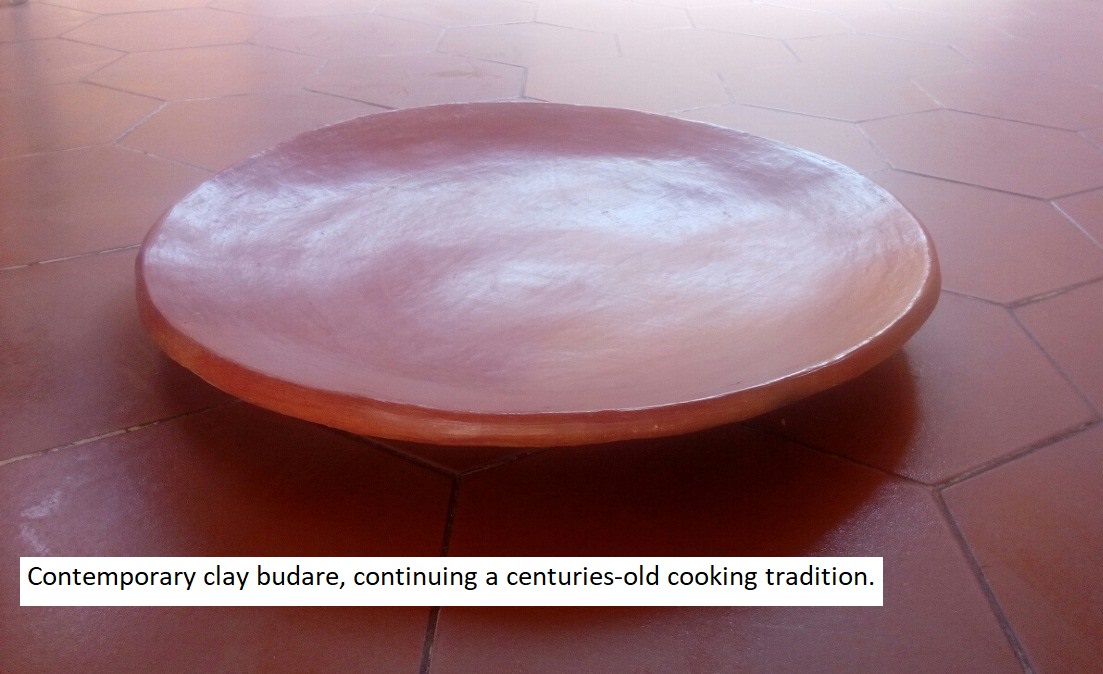
These developments were already present in Venezuela long before they reached Aruba. But around 900 AD to 1000 AD, Amerindian groups possessing ceramic and agricultural knowledge migrated to Aruba and founded large villages. These villages were strategically located on fertile soils suitable for gardening, and close to natural water sources such as Aruba’s guts or rooi.
We refer to these people as Ceramic Amerindians, named after the distinctive style of their pottery. This type of pottery was first discovered in excavations near Dabajuro, a town south west of Coro on the Venezuelan mainland. The pottery is well-crafted and aesthetically pleasing, as can be seen in the exhibits at Etnia Nativa and our local museum.
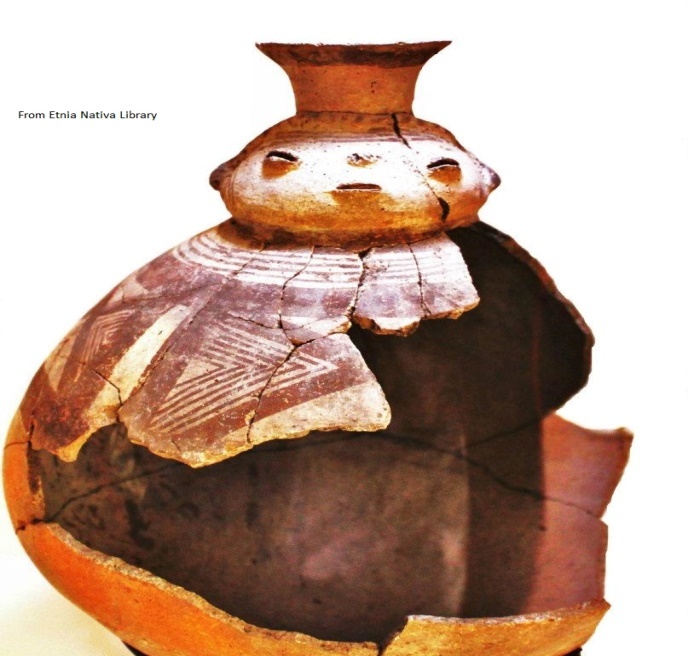
However, not all the pottery found at large village sites—such as Santa Cruz, Tanki Flip (inland), and Savaneta (near the coast)—was of ceremonial quality. Most of it, over 90%, was undecorated utility ware: vessels for storing liquids, cooking pots, and griddles. These griddles, or budare (also called buren),are large, flat, circular ceramic plates approximately 2 cm thick, used to prepare a kind of pancakes or tortillasmade from cassava or maize.
The modern Aruban dish, pan batí (Papiamento for “beaten bread”), is a direct descendant of this traditional cooking method. In fact, this method of preparing flatbreads on clay plates is widespread throughout the American continent. The term budare originates from the Arawakan-Caquetío language, and the word buren, which appears in Borikén (the indigenous name for Puerto Rico), refers to these cooking plates—symbolizing an abundance of food. In Mexico, the comal serves a similar purpose in the preparation of tortillas.
Today, these traditional clay griddles have largely been replaced by cast iron plates, known in Aruba as the casuela. Still, food cooked on clay budare retains that unique native flavor that modern versions cannot replicate.
Another traditional dish, funchi, made from ground maize, closely resembles Italian polenta or corn cake, showcasing the shared culinary heritage of various cultures centered on maize.
If you enjoyed reading our ancestral stories and are interested in learning more about the true identity of Arubans, we invite you to visit Etnia Nativa—the only ‘living museum’ of its kind in the Caribbean. Founded in 1994, Etnia Nativa has been a trendsetter and a co-founder of key cultural institutions such as Islands National Park, the Archaeological Museum of Aruba, and several artisan foundations, among other voluntary initiatives.Whats App+297 592 2702 etnianativa03@gmail.com






